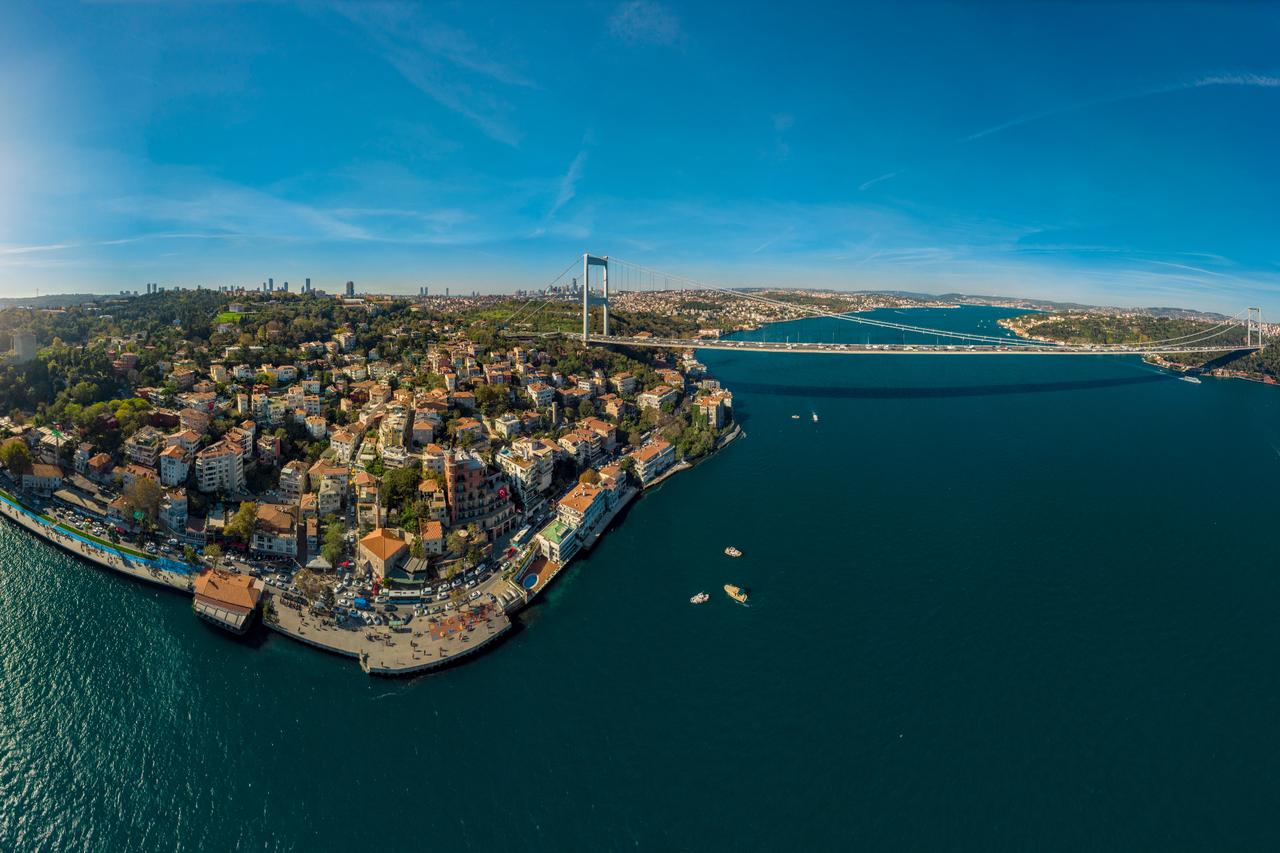
A 3.7-magnitude earthquake that struck beneath the Black Sea on Oct. 26 was felt across parts of Istanbul, renewing questions about the city’s vulnerability to seismic activity both to its north and south.
Geologist Professor Sener Usumezsoy explained that the tremor originated along “normal faults beneath the northern edge of the Thrace Basin,” a geological depression in northwestern Türkiye.
He noted that the quake was linked to a fault line running along the northern slopes of the Istranca Mountains, facing the Black Sea.
Usumezsoy underlined that Istanbul is bordered by fault systems on both sides — the well-known North Anatolian Fault in the south under the Marmara Sea, and a less studied system in the north beneath the Black Sea.
He warned that, “we do not yet know the full lengths of these faults in the Black Sea, and the available data is insufficient to forecast a major earthquake.”
According to the professor, earthquakes of around magnitude 4 occasionally occur in the region, but assessing larger risks requires more information on fault length, depth, and rupture behavior.
He added that current evidence suggests these fault segments are not highly active, though further seabed studies are needed to understand their potential.